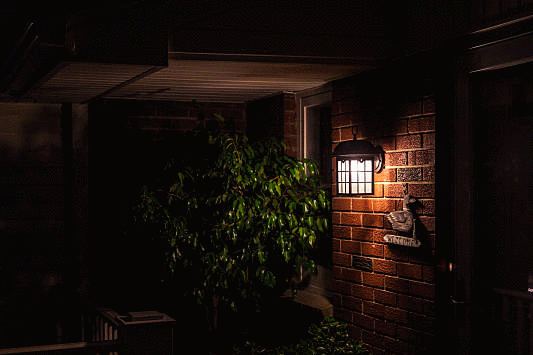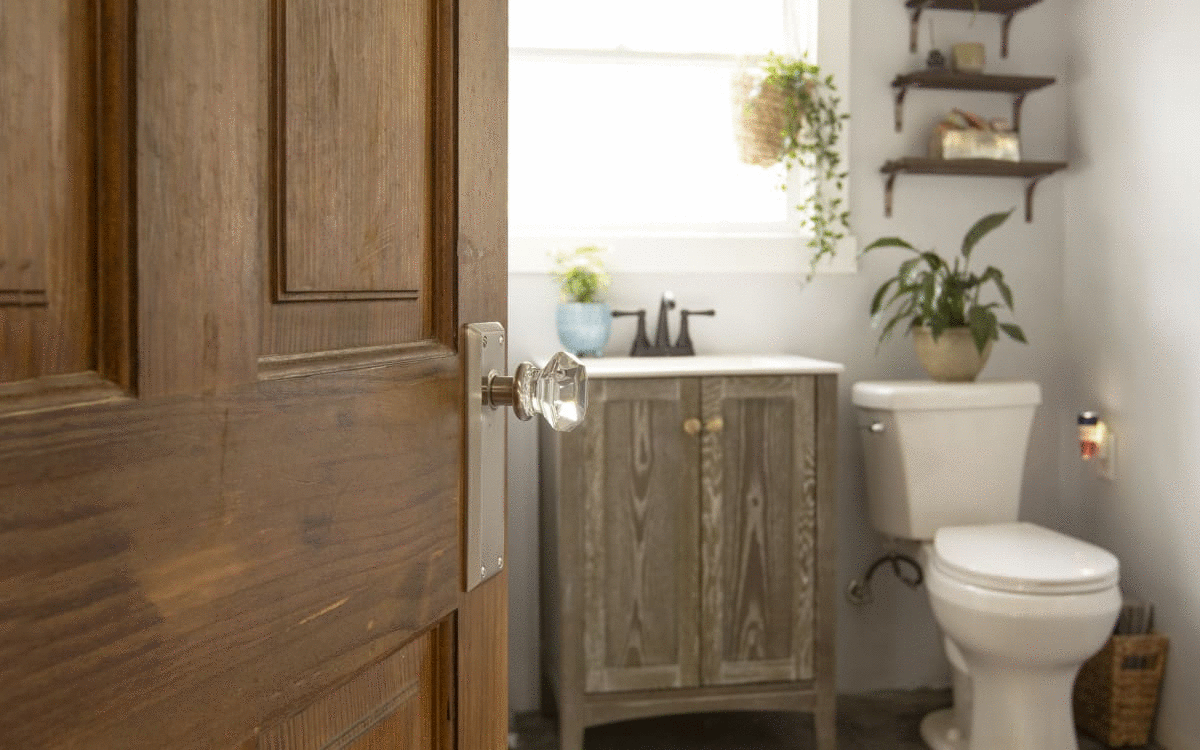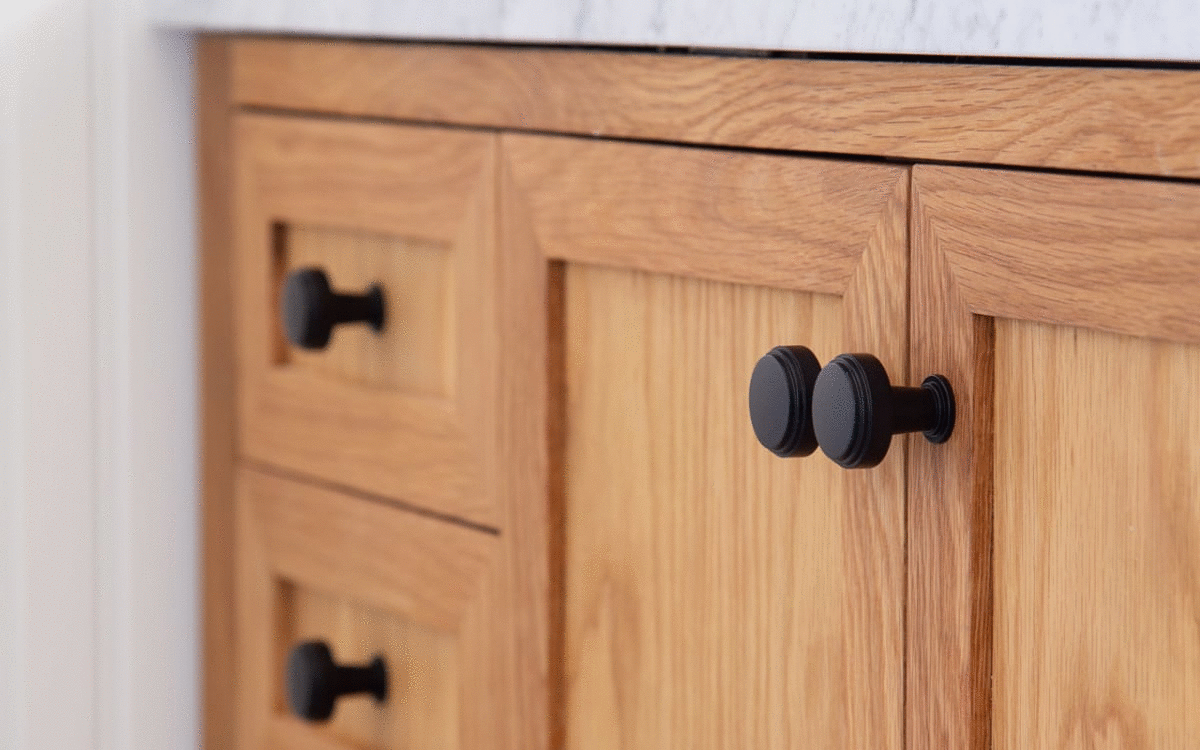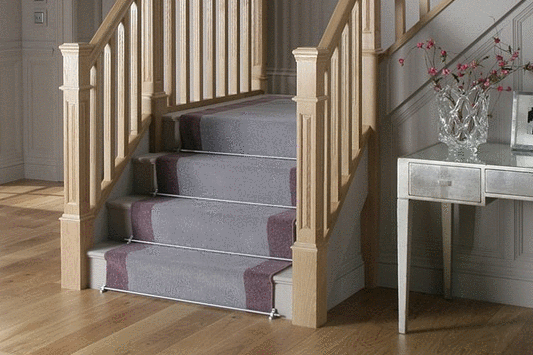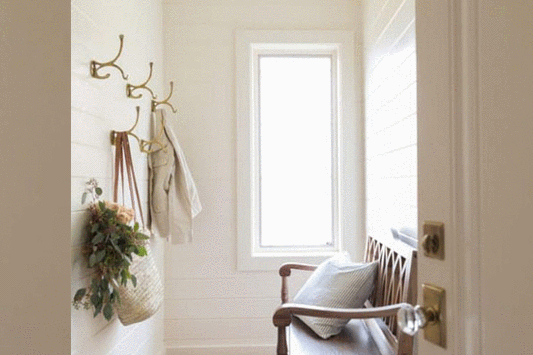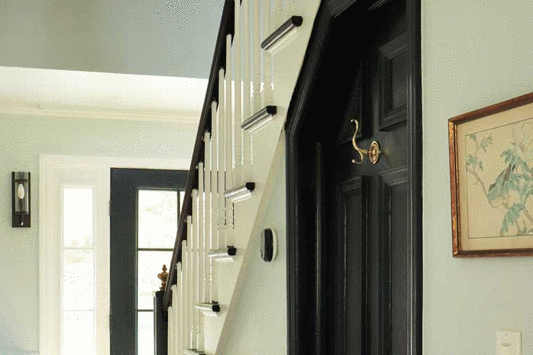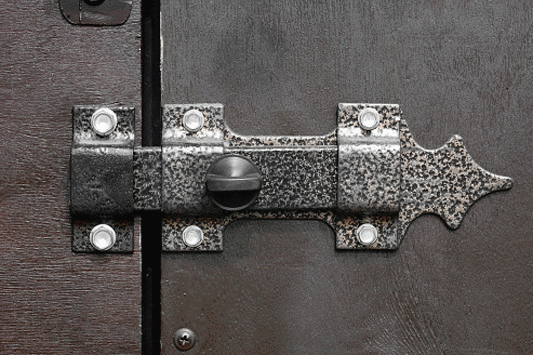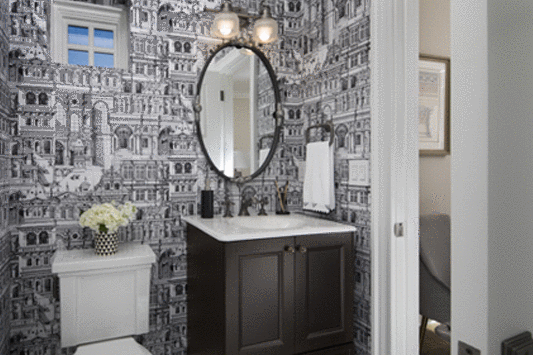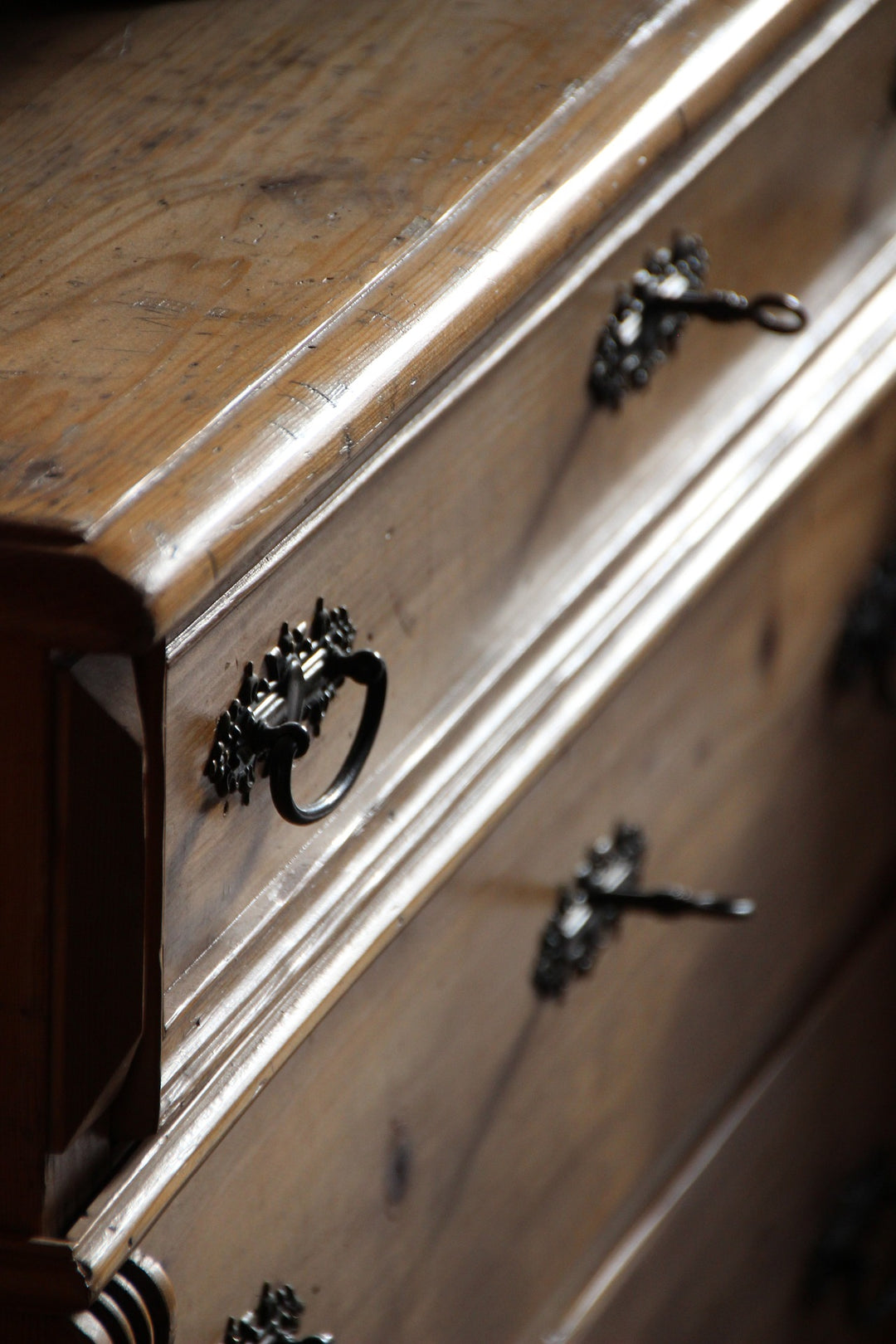The Role of Antique Hardware in Museum Collections
Antique hardware holds a unique and significant place within museum collections, serving as both functional artifacts and invaluable historical records. These pieces, ranging from door knobs and hinges to locks and keys, are often overlooked in favor of more conspicuous items like furniture or artwork. However, antique hardware provides critical insights into the technological advancements, aesthetic preferences, and daily lives of past societies. By examining these objects, museums can offer visitors a deeper understanding of historical periods and cultural developments.

Technological Advancements and Innovations:
Antique hardware is a testament to the technological progress of different eras. The evolution of materials and manufacturing techniques can be traced through these artifacts. Early hardware pieces were typically handcrafted by blacksmiths, reflecting the skill and artistry of individual craftsmen.
As industrialization progressed, mass production techniques were introduced, leading to standardized designs and widespread availability of hardware. This shift not only illustrates the technological advancements of the time but also highlights the economic and social changes brought about by industrialization. Museums showcasing these pieces can educate visitors about the development of technology and its impact on society.

Aesthetic and Design Trends:
The design of antique hardware reflects the aesthetic preferences and artistic movements of various periods. From the ornate, intricate designs of the Baroque and Rococo eras to the sleek, functional forms of the Bauhaus and Art Deco movements, hardware styles provide a window into the evolving tastes and cultural influences of different times. By examining the decorative elements and craftsmanship of these pieces, museum visitors can gain an appreciation for the artistry and creativity that went into everyday objects. Furthermore, the preservation of such items helps to maintain the visual and material culture of past societies, offering a tangible connection to history.

Cultural and Social Significance:
Antique hardware also serves as a record of the social and cultural practices of bygone eras. The design and use of locks and keys, for example, can reveal much about notions of privacy, security, and property. In some periods, elaborate locking mechanisms were developed not only for their practical purposes but also as symbols of wealth and status.
Similarly, the presence of certain types of hardware in domestic settings can indicate the social roles and daily routines of the inhabitants. By studying these objects, historians and curators can piece together a more comprehensive picture of historical lifestyles and societal structures.

Preservation and Conservation Challenges:
The preservation and conservation of antique hardware present unique challenges for museum professionals. Due to their functional nature, many hardware pieces are subject to wear and tear, corrosion, and other forms of deterioration. Metal components, in particular, can be prone to rust and oxidation, requiring careful maintenance and specialized conservation techniques.
Museums must balance the need to protect these artifacts from further damage with the goal of making them accessible to the public. This often involves delicate restoration processes and the creation of controlled environments to prevent degradation. The efforts to preserve these items underscore their value as historical artifacts and the importance of safeguarding them for future generations.

Educational and Interpretive Value:
In addition to their historical and aesthetic significance, antique hardware pieces offer substantial educational and interpretive value. Museums can use these objects to tell engaging stories about the past, illustrating broader historical themes through the lens of everyday items. For instance, an exhibit on the Industrial Revolution might include a display of mass-produced door handles to demonstrate the era's technological advancements.
Interactive exhibits, such as hands-on demonstrations of historical locking mechanisms, can also enhance visitor engagement and understanding. By incorporating antique hardware into their collections and exhibits, museums can provide a richer, more immersive educational experience.

Enhancing Authenticity and Context in Exhibits:
Antique hardware plays a crucial role in enhancing the authenticity and contextual accuracy of museum exhibits. When reconstructing historical interiors or settings, the inclusion of period-appropriate hardware adds a level of detail and realism that helps visitors to more fully immerse themselves in the past. Authentic door knobs, hinges, and locks contribute to the overall atmosphere and credibility of historical displays, enabling visitors to experience history in a more tangible and immediate way. This attention to detail not only improves the educational impact of exhibits but also demonstrates the museum's commitment to historical accuracy and preservation.

The role of antique hardware in museum collections is multifaceted and profoundly significant. These artifacts provide valuable insights into technological progress, aesthetic trends, and cultural practices of past societies. By preserving and showcasing these items, museums can offer visitors a deeper, more nuanced understanding of history. The challenges of conserving these functional objects highlight their importance and the dedication required to protect them. Ultimately, antique hardware enriches museum collections by adding authenticity, educational value, and a tangible connection to the past, ensuring that the stories and achievements of previous generations continue to be appreciated and understood.






